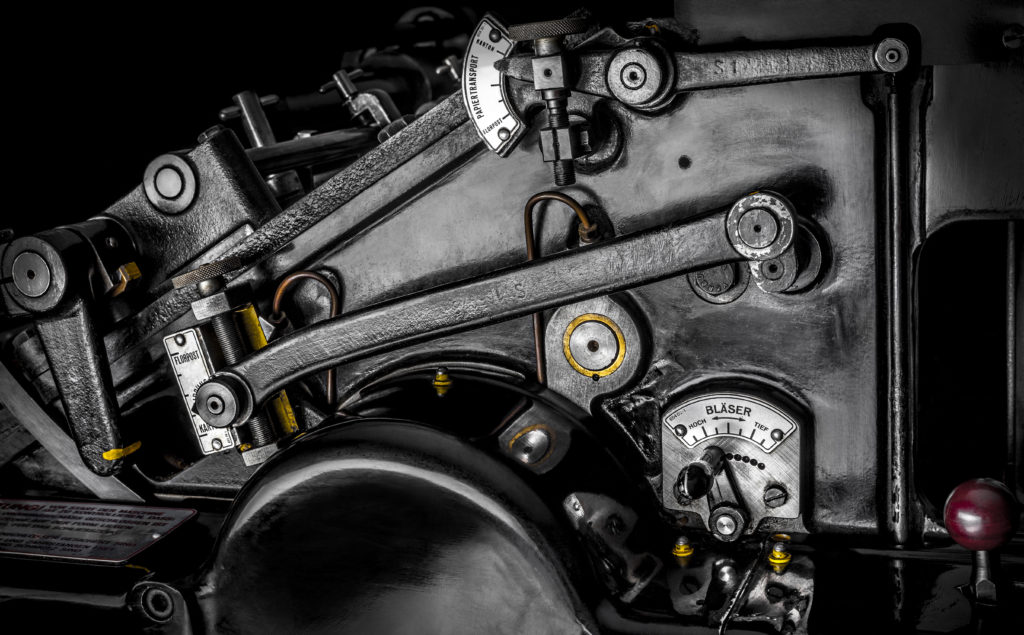How the Print Shop Changed the Course of History

Despite the fact that many things are now handled through digital means, a print shop still holds tremendous value in our society. It is a place where important print documents come to life. This might be posters, banners, flyers, or other documents that we encounter on any given day. There was a time though, where the print shop was a place of revolutionary change— an arbiter of ideas and a power struggle between the authority and the citizen— that quite literally changed the course of history. Here at Universal Graphics, we love everything print and hold steadfastly to the idea that print is not and will never be dead. People will always love to see quality printed materials that they can hold in their hands.
Where It All Began
We’ve all heard the name Gutenberg before. It was a man by this name that in the mid-1400’s set in motion an idea to mass produce books. Johannes Gutenberg, a not so successful German businessman up to this point, envisioned the great profit potential behind a contraption capable of printing texts. He set to work and began experimenting with different methods of print reproduction. He devised a machine that could reproduce letters and eventually arrived at his most important contribution: the Gutenberg letter molds.
One Page at a Time
These durable alloy letter molds facilitated the process of reproduction. Up to that time, books had to be copied by hand; this created a tedious and long process that kept much of the population without access to regularly printed materials. The letter molds could be arranged in a type of tray that reproduced one page of a book. It seems unthinkable today, but printing one page at a time and easily replicating it was a magnificent advancement at the time. Quite simply, it made mass production possible and therein began the revolutionary change that meant books could be copied and sold. Gutenberg’s first project—a set of Latin Bibles— were all sold before he even finished printing.
The Source of a Movement
Slowly, literacy rates increased among the people of Europe. Not only that, but the Gutenberg printing press gave way to what would be known as the Renaissance period. This was an era of intellectual, cultural, and scientific development in the Western world. The spread of new ideas and belief systems was largely owed to the print shop and the reproduction of texts and information. This was much like the internet revolution today, as it allowed the masses access to new ideas, works, literature, and more. This knowledge seeped deeply into the culture and had a cumulative effect on entire societies.
Different versions of the press were then developed and advanced. By the 1700’s the print shop was a necessary aspect of everyday life. Newspapers, textbooks, and other materials depended on the press to be distributed. With the passing of time and new developing technologies, the printing press saw some innovation and modifications that made it faster and more convenient.
Printing Today
With the popularity of digital, printing has garnered a kind of new romanticism. Printed materials are more popular today than ever, as people see them as unique, valuable, and attractive. The print shop is, after all these years, still, a place where great ideas come to life and design and art are reproduced and shared with the world at large. Trust the professionals at Universal Graphics with the latest in printing methods and technology and see your ideas in color and three dimensions.

